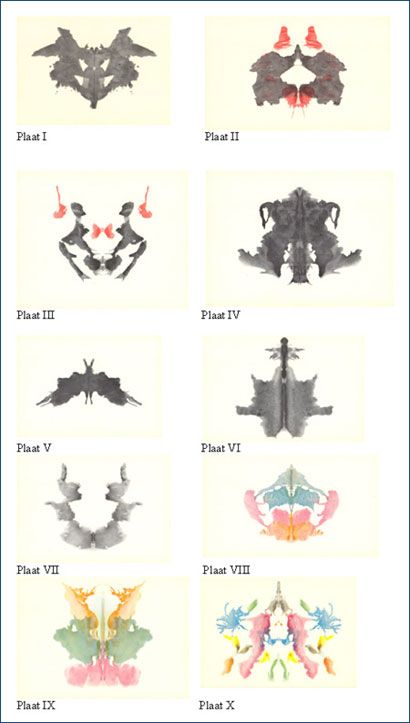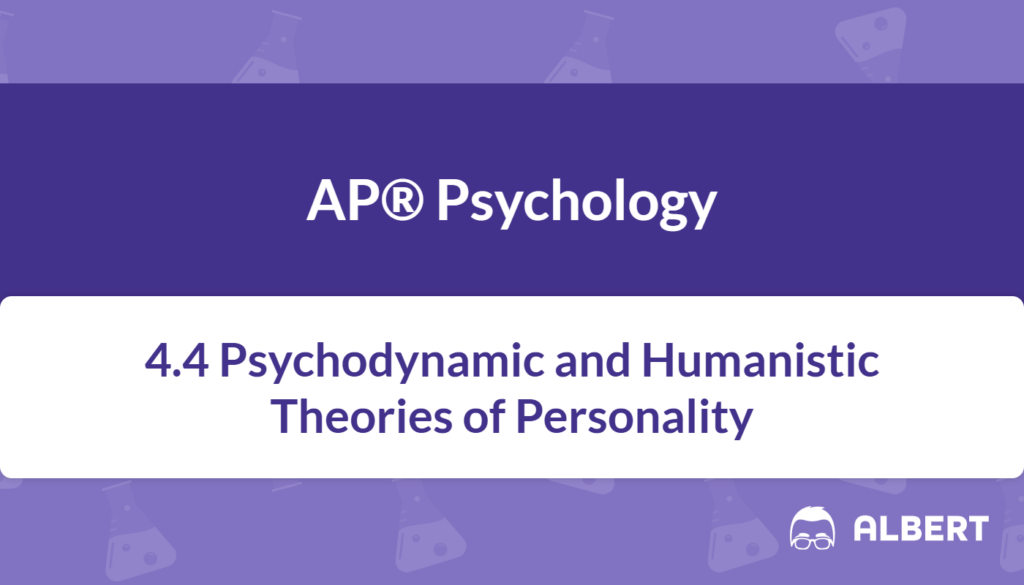What We Review
Personality psychology explores the unique patterns of thoughts, feelings, and behaviors that define each individual. Among the foundational perspectives in this field is psychodynamic theory, which centers on the unconscious mind and early childhood experiences. This theory offers a lens to understand why people think, feel, and behave the way they do—even when they’re not fully aware of the underlying causes.
What Is Psychodynamic Psychology?
Psychodynamic psychology emphasizes that much of our behavior is influenced by mental processes outside of conscious awareness. These unconscious forces—including desires, fears, and conflicts—can shape our personality and actions in profound ways. Developed by Sigmund Freud, the psychodynamic approach remains a vital part of understanding human motivation.
Historical Context and Key Figures
Sigmund Freud is the pioneer of psychodynamic theory. He introduced concepts such as the id, ego, and superego, and argued that unconscious conflicts—often rooted in childhood—drive personality development.
Other thinkers expanded on Freud’s ideas:
- Carl Jung explored archetypes and the collective unconscious.
- Alfred Adler focused on inferiority complexes and social influences on personality.
Though modern psychodynamic approaches have evolved, they retain Freud’s core focus on hidden mental processes.
Core Concepts of the Psychodynamic Theory of Personality
A. Unconscious Processes
Psychodynamic theory states that unconscious processes drive personality. These processes include thoughts, desires, and memories outside of conscious awareness. A classic analogy compares the mind to an iceberg—only a small part is visible (the conscious mind), while a much larger portion (the unconscious mind) lies below the surface.
- Example: A student may feel anxious about giving a speech without fully realizing the cause. Unresolved fears might reside in the unconscious, influencing the student’s reactions without conscious recognition.
Practice Example: Tracing Hidden Emotions
- Notice a sudden feeling of worry before a test.
- Ask what past experience might contribute to this fear.
- Acknowledge that previous embarrassing moments may still linger, prompting anxiety now.
- Recognize this as an unconscious influence on current behavior.
B. Ego Defense Mechanisms
Ego defense mechanisms help protect the ego from threats. These unconscious strategies prevent overwhelming anxiety or guilt. Here are several commonly discussed mechanisms:
- Denial: Refusing to accept reality.
- Displacement: Redirecting emotions to a safer target.
- Projection: Attributing one’s unacceptable feelings to someone else.
- Rationalization: Justifying behavior with logical but false reasons.
- Reaction Formation: Behaving in a way opposite to one’s actual feelings.
- Regression: Reverting to a more childlike state under stress.
- Repression: Pushing uncomfortable thoughts out of conscious awareness.
- Sublimation: Channeling unacceptable impulses into acceptable activities.
- Example: Denial as a Coping Strategy
- A person who performs poorly on a major test might insist that the test was unfair, refusing to consider personal study habits as a contributing factor.
Step-by-Step Example on Denial
- Observe a stressful event (e.g., losing a competition).
- Notice the immediate emotional response (sadness or disappointment).
- The person claims there must have been a technical error, refusing to accept the outcome.
- This denial helps the person avoid the painful feeling of failure, at least temporarily.
C. Assessment of Personality

Psychodynamic personality psychologists often use projective tests. These tests present ambiguous stimuli to reveal unconscious thoughts or feelings. The idea is that individuals “project” their inner conflicts onto the stimuli.
- Common Examples of Projective Tests:
- Rorschach Inkblot Test: People describe what they see in ambiguous inkblots.
- Thematic Apperception Test (TAT): Individuals create stories about ambiguous pictures.
- Example: Rorschach Inkblot Test
- A participant interprets an inkblot as two animals fighting. Therapists might explore whether underlying tension or conflict is influencing this description.
Practical Benefits of Psychodynamic Thinking
Understanding the psychodynamic approach can help students and individuals:
- Increase self-awareness by exploring the root causes of behavior.
- Improve emotional regulation through insight into defense mechanisms.
- Enhance empathy for others by recognizing the role of unconscious influences.
Self-Reflection Activity:
Think of a recent argument. Were you using a defense mechanism like projection or displacement? What past experiences might have shaped your reaction? This kind of analysis can lead to better emotional control and self-understanding.
Quick Reference Chart: Key Vocabulary and Definitions
Below is a summary of central concepts mentioned in this article.
| Term | Definition |
| Psychodynamic Psychology | A branch of psychology that emphasizes the influence of the unconscious mind on behavior. |
| Unconscious Mind | The part of the mind that contains thoughts and desires not currently in awareness. |
| Ego Defense Mechanisms | Strategies used by the ego to protect against anxiety or social threats. |
| Self-Actualization | The realization of one’s potential and self-fulfillment. |
| Unconditional Positive Regard | Acceptance and support of a person regardless of what they say or do. |
| Repression | Pushing distressing thoughts into the unconscious. |
| Projection | Assigning one’s own feelings to someone else. |
| Rorschach Inkblot Test | A projective test where individuals interpret ambiguous inkblots |
Conclusion
The psychodynamic theory of personality offers deep insight into the hidden parts of the human mind. By focusing on unconscious drives and early experiences, this approach helps explain behaviors that might seem mysterious or irrational on the surface. Whether you’re analyzing literature, understanding personal relationships, or preparing for the AP® Psychology exam, mastering the psychodynamic perspective can add powerful depth to your understanding of human behavior.
Sharpen Your Skills for AP® Psychology
Are you preparing for the AP® Psychology test? We’ve got you covered! Try our review articles designed to help you confidently tackle real-world AP® Psychology problems. You’ll find everything you need to succeed, from quick tips to detailed strategies. Start exploring now!
- What Does Bias Mean?: AP® Psychology Review
- Social Situations: AP® Psychology Review
- Humanistic Psychology: AP® Psychology Review
Need help preparing for your AP® Psychology exam?
Albert has hundreds of AP® Psychology practice questions, free response, and full-length practice tests to try out.








